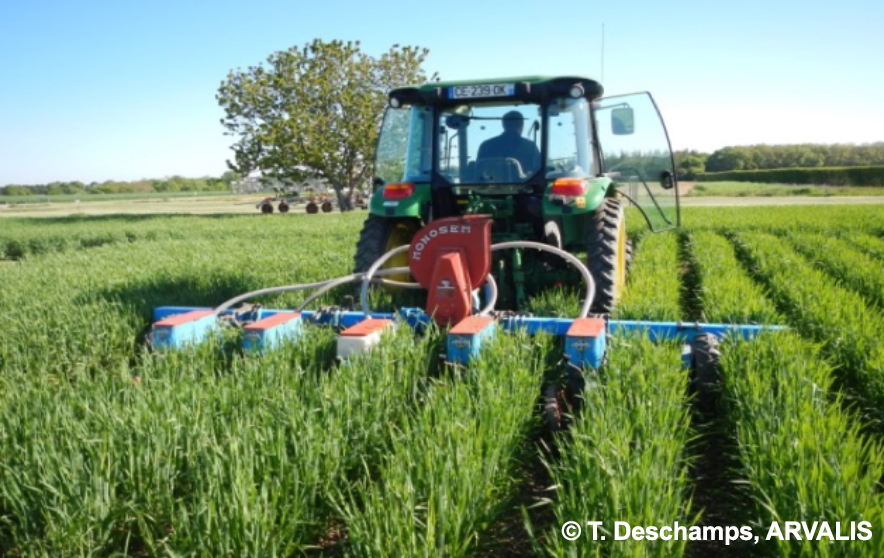
The advantages of relay-cropping (that double cropping cannot achieve) are many :
- Make the crop cycle longer
- Allow earlier harvesting
- Lower humidity during harvesting
- Lower irrigation water needs
To read more, in 2018, technical institute Arvalis led comparative studies on sorghum under 3 modalities: traditional crop (only sorghum), relay cropping –barley + sorghum) and double cropping (barley then sorghum).






























